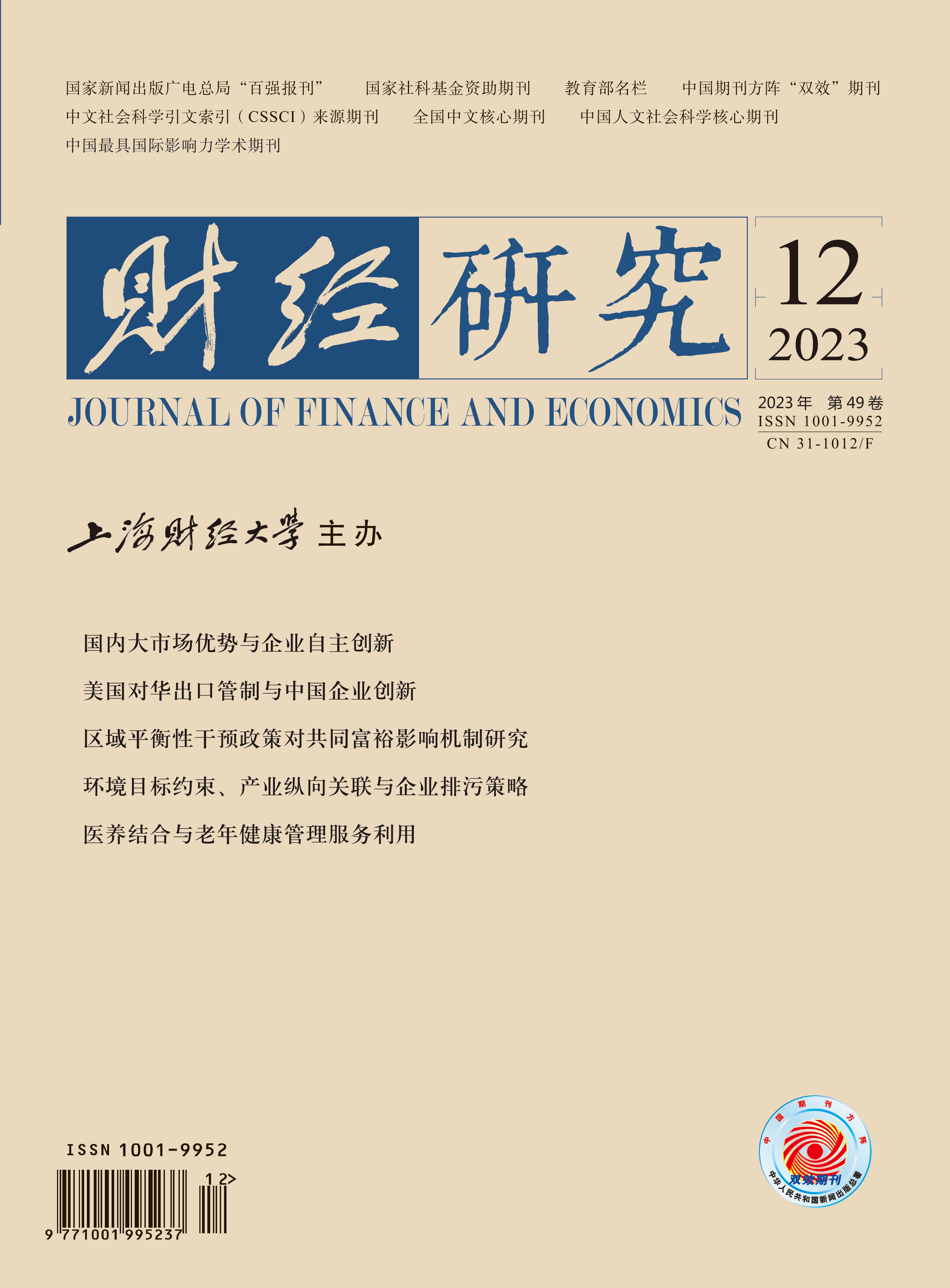With the vigorous development of a new round of global technological revolutions, artificial intelligence (AI) will profoundly change the income distribution structure and regional economic development pattern. How to actively respond to the adverse impact of AI technology on income inequality and deeply explore its impact mechanism is a major theoretical research challenge to achieve the goal of common prosperity.
This paper first reviews the literature on routine-biased technological change of AI, the differences in urban wage premium, and their impact mechanisms. Then, it proposes two hypotheses and empirically tests them using CLDS, IFR, and prefecture-level city statistical data. The conclusions are that: First, there are differences in urban wage premium caused by AI for non-routine and routine labor. Second, for non-routine labor, AI can strengthen learning and matching mechanisms to promote the increase of urban wage premium. Third, the urban wage premium for non-routine labor will exhibit certain differences depending on their location: The central region is susceptible to the positive impact from AI, while the eastern and western regions are negatively affected. Moreover, there are gender and skill differences in the impact of AI on urban wage premium, with female routine labor and high-skilled routine labor susceptible to the negative impact of AI.The marginal contributions of this paper are that: First, it analyzes the heterogeneity of urban wage premium from the perspective of non-routine and routine labor, expanding the traditional perspective of gender and skill heterogeneity, and indirectly explaining the reasons for the increasing income inequality within Chinese cities to some extent. Second, taking AI as a typical technological representative, it examines the impact of AI as an exogenous technology shock on urban wage premium, expanding the scope of research on the impact of AI on income inequality. Third, it analyzes how AI interacts with the learning and matching micro mechanisms of agglomeration economies, enabling workers of different task types to obtain different urban wage premium.





 4844
4844  9104
9104

